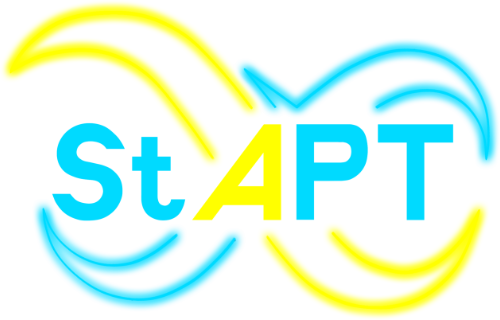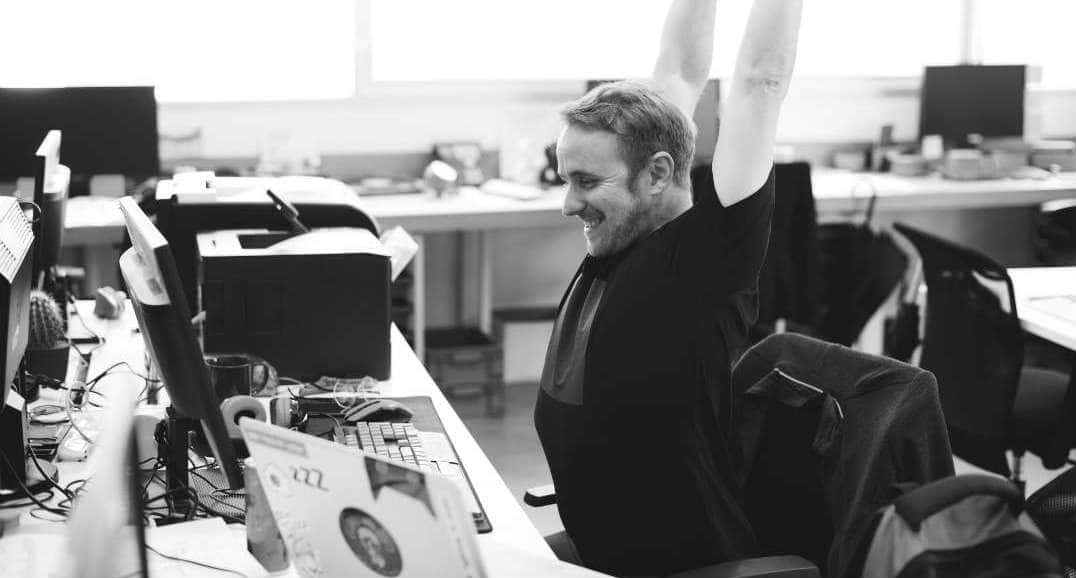A weak or painful lower back is often caused by two things:
- Stress from sitting with a poor posture (look at how the muscles are constantly under stress from maintaining a stretched position for long hours)
- Lack of core strength
Most of us know we need to strengthen our core muscles. The problem isn’t that we didn’t know this, it’s actually more the fact that many people aren’t aware of what back exercises you can perform in order to help strengthen your lower back and core. Most of us will know how to work the chest or arms, or how to improve our cardio. But how many Lower Back exercises can you name right now? Be honest, did your list look something like this:
Back Extensions, Deadlifts, Bent Over Rows (or rows in general – these are more focused on the lats and upper back muscles though, but a strong core is needed to perform variations of rows)
…and then you either hesitated and thought about 1 or 2 more, or you’re now kinda stuck with 3 exercises…By the way, there is nothing wrong with these exercises, they’re all good and will help you build a stronger core, so you could start with these. But there are many more exercises available, and this is where Calisthenics can show you creative and effective exercises to help build strength any where, any time and with limited resources (and finances!).
Ok, so as this is only a blog, not a text book, let’s go through this quickly. What do the lower back muscles do? Here is a quick breakdown:
- There are three types of back muscles that help the spine function. These are extensors, flexors and obliques.
- The extensor muscles are attached to the posterior (back) of the spine and enable standing and lifting objects, and extension (bending backwards).
- The flexor muscles are attached to the anterior (front) of the spine (which includes the abs) and enable flexing, bending forward, lifting, and arching the lower back.
- The oblique muscles are attached to the sides of the spine and help rotate the spine and maintain proper posture
So this description gives us a clue into how we can organise our lower back strength training. Extension, Flexion and Rotation – you need to work all 3 in order to strengthen your core (which includes the lower back). On Saturday we performed exercises in the transverse plane (rotation). If you struggled with transverse exercise you already know your core, particularly your obliques, need strengthening.
Here is a break down of both Calisthenic and standard weight training exercises you can do for each of the three muscle types. Try to do a few of these isometrically too:
Extensors:
- Hyperextension
- Reverse leg raises
- Supermans (looks like a reverse V up)
- 1 arm 1 leg supermans
- Bird dogs
- Deadlifts
- Inverted hanging reverse leg raises (needs a pull up bar, or perform in a handstand)
- Planks
- Front and back levers (if you’re good at pull ups)
Flexors:
- Full sit ups (remember hold the imaginary ball)
- Leg raises (hanging and lying)
- Ab twists or Holds
- V ups
- Planks
- Front and back levers (if you’re good at pull ups)
Obliques:
- Twisting planks
- Sit ups with twists
- Ab twists
- Twisting push up
- Planks with cross body knee tucks and cross body knee raises
- Twisting leg raises
You’ll notice some of these exercises strengthen more than one muscle type. That’s because the core muscles all work together. Just remember, when constructing a core workout, consider these elements:
- Different planes of motion (frontal, sagittal, and transverse)
- Twisting, extension, flexion
- Adding weights or resistance where possible (resistance bands are great for this)
- Performing exercises isometrically for as long as possible


